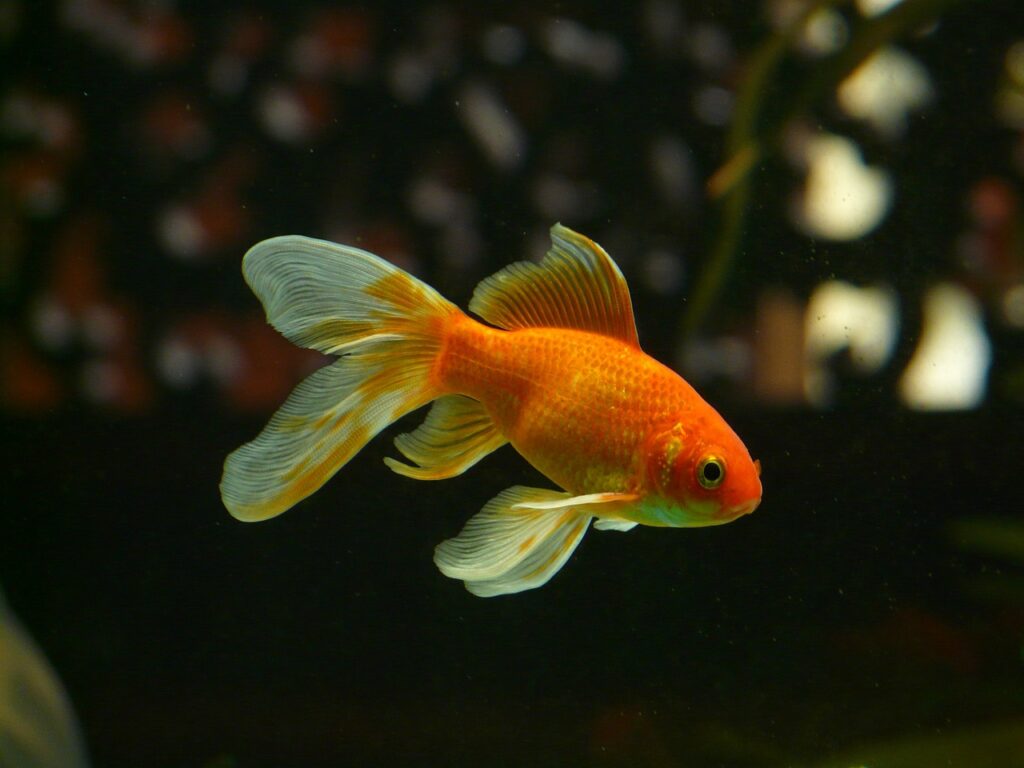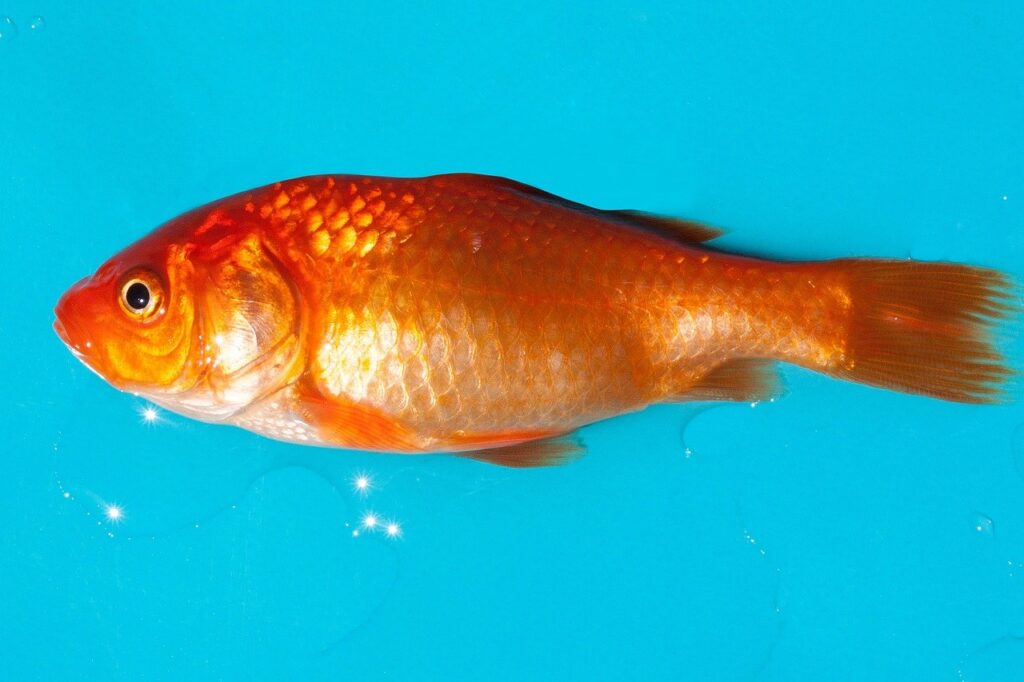It might sound like the stuff of fairy tales — or fish tales, rather — but Israeli researchers have been able to train a goldfish to steer a vehicle.
Scientists at the Ben-Gurion University of the Negev (BGU) in Beersheba say they have trained a goldfish to operate a “Fish Operated Vehicle” (FOV). More specifically, they have taught the goldfish how to direct this vehicle in the direction that it wants to swim.
The researchers wanted to test whether an animal has innate navigational abilities or if an animal is restricted to its home environments, according to a statement from BGU. They designed a set of wheels under a goldfish tank with a camera system to record and translate the fish’s movements in different directions to the wheels.
Six goldfish were taught to navigate the vehicle, earning a reward when each one found its way around a small room. According to the study, the reward was a small food pellet, identical to fish food.
The study was conducted by Shachar Givon, a PhD student in the Life Sciences Department in the Faculty of Natural Sciences, Matan Samina, an MSc student in the Biomedical Engineering Department in the Faculty of Engineering Sciences, Prof. Ohad Ben Shahar of the Computer Sciences Department and head of the School of Brain Sciences and Cognition, and Prof. Ronen Segev of the Life Sciences & Biomedical Engineering Departments.
It was published in the peer-reviewed scientific journal Behavioural Brain Research.
According to the study, the results showed that the fish “were able to operate the vehicle, explore the new environment, and reach the target, regardless of the starting point, all while avoiding dead-ends and correcting location inaccuracies,” Givon said.
How to teach a fish to drive
The researchers trained a fish to steer a FOV, which was made up of a chassis that housed a platform with a water tank on it. Underneath the platform, four engines connected to four omni wheels were mounted on four sides of the metal skeleton. A Perspex water tank was placed on that platform so that the water reached 15cm. The water level was relatively low to reduce surface waves while the FOV was moving.
They tested whether the fish was really navigating, by placing a visible target on the wall opposite the tank. After a few days of training, the fish was required to navigate to the target. The computer system followed the fish’s movement towards the walls of the tank, which moved the vehicle in that direction.
The researchers challenged the fish with several control sessions where they manipulated the environmental settings to explore different skills or strategies, in order to further explore fish navigational skills.
Sign up for our free weekly newsletter
SubscribeMany of the fish went from needing 30 minutes to find the target, to finding it in under a minute.
The fish were tasked to “drive” the vehicle towards a visual target in the terrestrial environment, which was observable through the walls of the tank. Indeed, the goldfish were able to explore the terrestrial environment, all while avoiding dead-ends and correcting inaccuracies. pic.twitter.com/RxPuzFbxkE
— Ronen Segev (@ronen_segev) January 3, 2022
They found that “a goldfish’s navigational ability supersedes its water environs,” according to BGU. The fish were not only able to navigate to the target but could even continue doing so when interrupted in the middle (by hitting a wall, for example). They were not fooled by false targets placed by the researchers.
The study also “hints that navigational ability is universal rather than specific to the environment,” Givon explained, “Second, it shows that goldfish have the cognitive ability to learn a complex task in an environment completely unlike the one they evolved in. As anyone who has tried to learn how to ride a bike or to drive a car knows, it is challenging at first.”
The fish “were able to operate the vehicle, explore the new environment, and reach the target regardless of the starting point, all while avoiding dead-ends and correcting location inaccuracies,” the researchers said in the study, “These results demonstrate how a fish was able to transfer its space representation and navigation skills to a wholly different terrestrial environment.”

“Navigation is a critical ability for animal survival and is important for food foraging, finding shelter, seeking mates and a variety of other behaviors. Given their fundamental role and universal function in the animal kingdom, it makes sense to explore whether space representation and navigation mechanisms are dependent on the species, ecological system, brain structures, or whether they share general and universal properties,” the researcher said.
The study suggests that fish can learn and adapt to the speeds of other animals and that the way they get around is not specifically related to their species, but something more universal related to others. but something more universal related to others.
Other studies
While the BGU researchers aimed to find new insights on navigation mechanisms as they relate to animals, this isn’t the first time a goldfish drove around a tank. In 2014, a design lab from the Netherlands developed a similar contraption that allowed a goldfish to drive itself around a room. Dutch design collective Studio Diip added wheels and sensors to a fish tank so the fish would drive it y swimming in a certain direction.
The team used an object algorithm to track the position of the fish and to move the cart. They watched the fish move the apparatus using a webcam positioned above the tank.
Related posts

Resilient And Nutritious New Plant-Based Milk Aims To Make A Splash

Chocolate From Cultivated Cocoa Comes Without Environmental Toll

Plastic Fantastic: Startup Takes PVC Back To Its Crude Oil Roots




Facebook comments